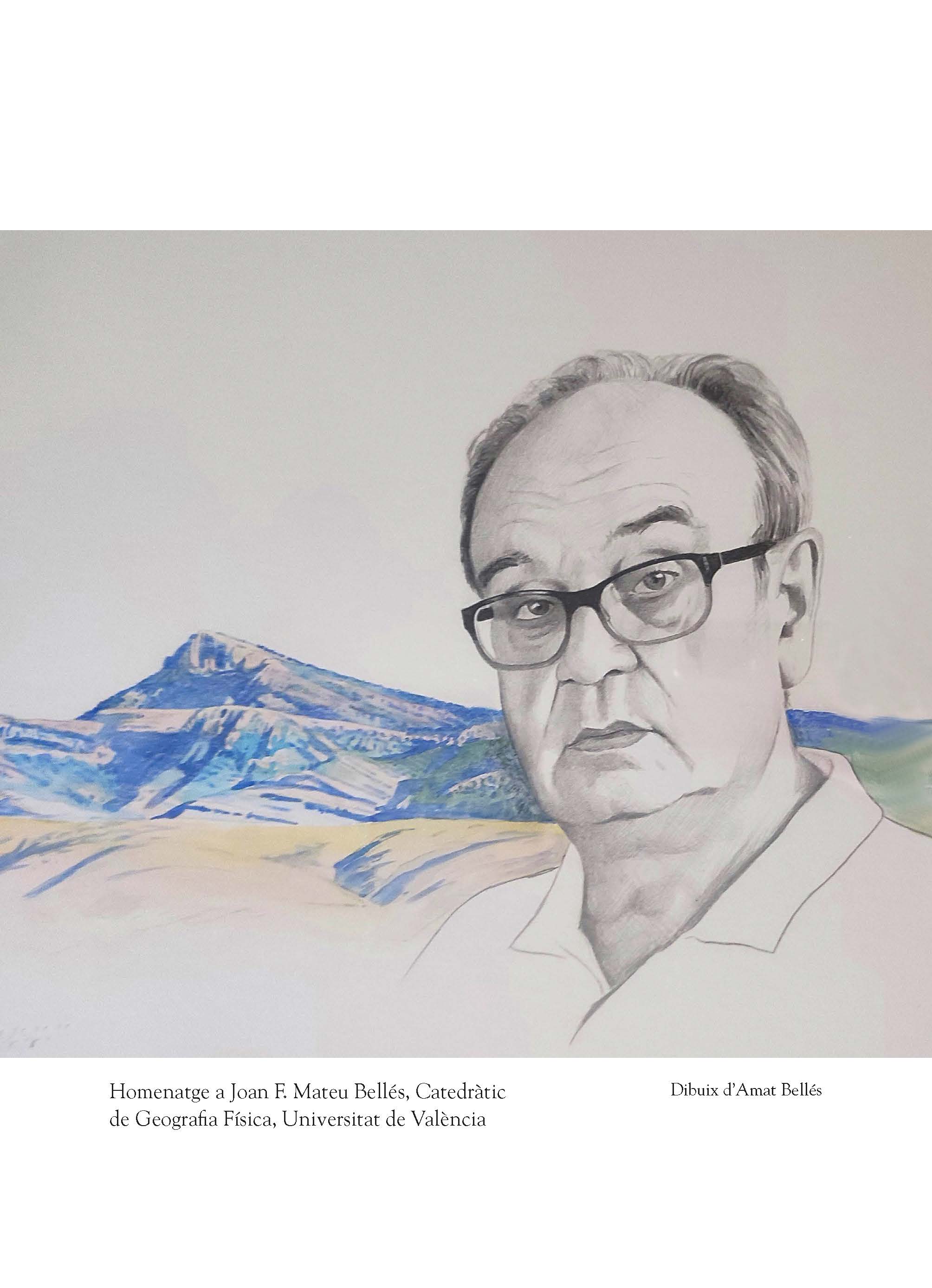De la botànica a l’economia. Muntanyes, hortes i viles del Vinalopó observades per Cavanilles
DOI:
https://doi.org/10.7203/CGUV.108-9.23667 Abstract
Abstract
En aquest article estudiem les comarques del Vinalopó incloses per Cavanilles al llibre quart de
la seua obra Observaciones sobre la historia natural, geografia, agricultura, población y frutos del Reyno
de Valencia. A les pàgines dedicades al Vinalopó apareixen els temes generals de l’obra: relleu, valls i
muntanyes, minerals, vegetació, habitants, malalties, superfície agrícola, conreus, ramaderia, estructures
hidràuliques… A partir de la redacció descriptiva de les Observaciones intentarem esbrinar els significats,
les idees i els conceptes il·lustrats de Cavanilles.
Primerament fem un repàs del mètode empirista d’observar, mesurar i classificar que el botànic
valencià aplica al context geogràfic i hidrològic i, segonament, estudiem el punt de vista agrarista de
l’economia de l’abate, que no podem qualificar-lo de fisiòcrata. Per a l’il·lustrat valencià les produccions
agrícoles i manufactureres han de permetre el manteniment de les poblacions i, en conseqüència, llur
felicitat. El treball humà aplicat a les transformacions agràries –principalment el regadiu–, a la protoindústria
i al comerç no monopolístic permet el progrés i la riquesa de les viles. El discurs del botànic
valencià ens permet algunes reflexions sobre les nocions i pràctiques dels il·lustrats espanyols que mai
sobrepassaren el llindar del despotisme borbònic.
 Downloads
Downloads
Downloads
Published
How to Cite
-
Abstract152
-
PDF (Català)122
Issue
Section
License
The authors transfer to Cuadernos de Geografía de la Universitat de València the rights of reproduction in scientific journals of the published texts. Likewise, they allow the CGUV team to distribute these contents, in addition to the CGUV website, in all those scientific databases in which it is indexed, always with the aim of ensuring a wide distribution of the work.
Building on a firm commitment to open content policies and trying to guarantee the maximum dissemination of published papers, the authors maintain all copyright rights. They may reproduce and distribute their works in other publications. However, it is recommended to disclose in the new text that it has been previously published in CGUV with a full citation.
The texts published in this journal are -if not indicated otherwise- under a Creative Commons license: Recognition-Non-Commercial-NoDerivative 4.0 International. The full license can be consulted at Creative Commons



